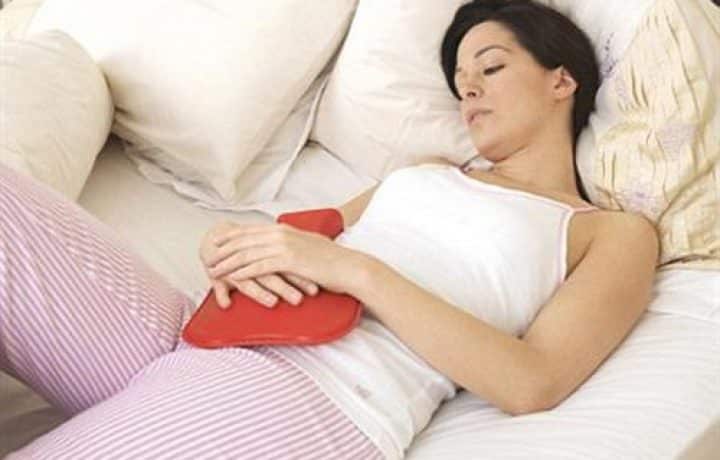This may be herbal or acupuncture (or both). In the case of acupuncture, the physician will check the patient’s pulses and decide which organs are out of balance. Needles are then inserted to ‘stimulate’ or ‘sedate’ the relevant organs by adjusting the flow of chi. This is essentially a hydraulic concept; the acupuncturist is thought of as a kind of engineer, opening and closing the valves as appropriate.
In most cases a number of needles are inserted and left in for 20 minutes or so. Much emphasis is laid on the accurate placement of the needles. The location of the acupuncture points is specified in terms of the chun or `Chinese inch’, which is a variable measurement based on the dimensions of the particular patient. Nowadays Chinese textbooks tend to use detailed anatomical atlases like those found in Western books.
A great deal of attention is paid to obtaining various types of sensations from the patient and the physician also experiences various sensations as he manipulates the needle. These phenomena, which are collectively called teh chi, are supposed to be due to tapping into the flow of chi. Four typical sensations are described, and their names have been translated as numbness, fullness, heaviness and sourness (a kind of muscular ache like that caused by over-exertion).
Traditional acupuncture is clearly a time-consuming business and it is hardly surprising that in modern Chinese hospitals, with their huge numbers of patients, the full system doesn’t seem to be used very much. Instead, the patients are treated collectively in large groups, purely on the basis of their symptoms or of a conventional medical diagnosis, without the use of pulse diagnosis or the other traditional procedures. As a rule many needles are inserted and electrical stimulation may be used.
The time at which treatment was applied was considered to be important in the traditional system. Indeed, the Chinese remarkably anticipated another modern discovery here: circadian rhythms. Observations of cycles in disease intensity are recorded in the Nei Ching.
